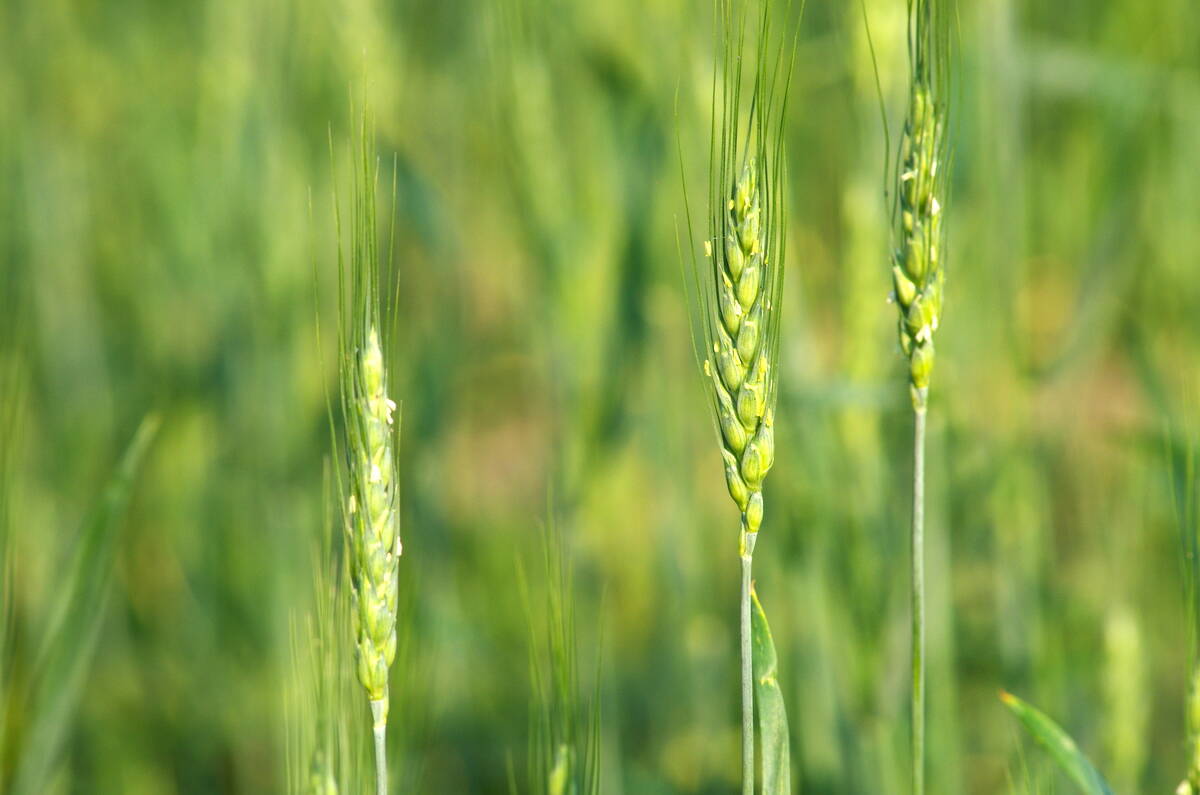Ghent, Minn. | Reuters – Corn yields in Minnesota are likely to be below average as excessive rains and flooding early in the growing season impeded crops, scouts on an annual tour through top U.S. production states said on Thursday.
Soybean yield potential was also hampered by overly wet conditions, which delayed planting in many areas and forced replanting of some crops that were inundated with floodwaters, they said on the final day of the four-day Pro Farmer Midwest Crop Tour.
Planting delays in April due to snow and cold weather gave crops in the No. 3 soybean state and No. 4 corn state less time to develop. Excessive June rainfall then hindered crops and washed away nutrients from some soils, crop scouts said.
Read Also

California researchers create nitrogen-fixing wheat
U.S. crop breeders have created a wheat variety capable of creating its own nitrogen fertilizer.
“The excess moisture was widespread in Minnesota. I’m not looking for a really big yield for corn. Beans might be better than corn, though,” said Ken Eckhardt, a farmer from Minnesota Lake, Minnesota, and a scout on the tour.
Scouts along one route through Rock, Pipestone, Lincoln and Yellow Medicine counties in the southwestern corner of Minnesota calculated the average corn yield at 135.2 bushels per acre (bpa), compared with 191.8 bpa in the same region a year ago and the three-year average of 190.7. Soybean pods per 3-by-3-foot plot were calculated at 791 pods, versus 895 last year and the tour’s three-year average of 1,017 pods.
Scouts do not estimate yields in soybean fields but instead estimate pods in 3-by-3-foot plots to gauge yield potential.
Another route through Wantonwan and Blue Earth counties pegged average corn yields at 125.7 bpa, compared with 190.5 last year and the three-year average of 187.1. The group calculated 1,196 pods per plot, up from 1,075 in 2017 and 1,107 on average over the last three tours.
The U.S. Department of Agriculture projected Minnesota’s average corn yield this year to drop by 1.5 percent. The soybean yield is seen rising by 4.2 percent, although overall production is forecast to drop slightly due to an expected decline in harvested acres, the agency said.
The western leg of the tour began in Sioux Falls, South Dakota, and the eastern leg began in Columbus, Ohio, with the two groups set to converge in Rochester, Minnesota, on Thursday evening. Pro Farmer, the news and marketing wing of Farm Journal, will release its estimates of U.S. crop production on Friday, drawing from data collected on the tour and other sources.
















